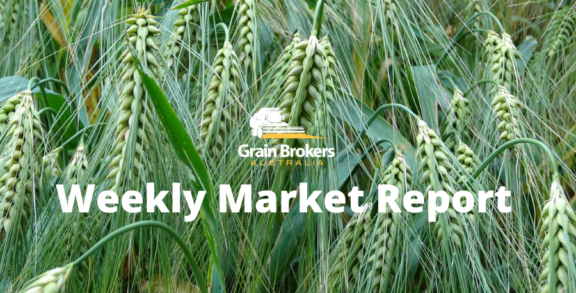|
Tropical Pacific Ocean edges further toward El Niño The tropical Pacific Ocean continues a general trend toward El Niño, with just over half of the climate models surveyed by the Bureau suggesting El Niño thresholds will be exceeded by August. An El Niño ALERT remains in place, indicating at least a 70% chance of an El Niño developing in 2014. The tropical Pacific Ocean surface has warmed steadily since February, with sea surface temperature anomalies increasing by 0.5 to 1.0 °C. For El Niño to be established and maintained, the sea surface needs to warm further, and be accompanied by a persistent weakening of the trade winds and a consistent increase in cloudiness near the Date Line. In the past fortnight, trade winds have generally been near normal, though have weakened once again in recent days. El Niño has impacts on many parts of the world, for example, below-average rainfall in the western Pacific and Indonesian regions and increased rainfall in the central and eastern Pacific. For Australia, El Niño is usually associated with below-average rainfall over southern and eastern inland Australia, with about two thirds of El Niño events since 1900 causing major drought over large parts of the continent. The Indian Ocean Dipole (IOD) is currently neutral. Model outlooks suggest the IOD is most likely to remain neutral through winter, with two of the five models surveyed suggesting a positive IOD may develop during spring. Positive IOD events often coincide with El Niño and are typically associated with large parts of southern and central Australia experiencing lower rainfall than usual. Courtesy of BoM (ENSO Wrap-Up). |
|
NEW ENSO Tracker Our new ENSO Tracker provides The status remains El Niño ALERT. |






